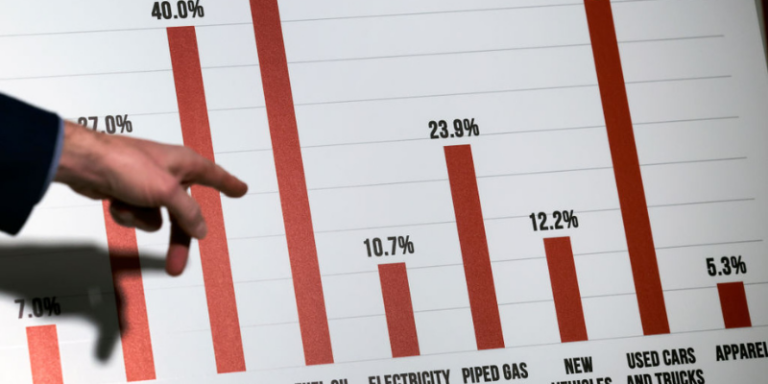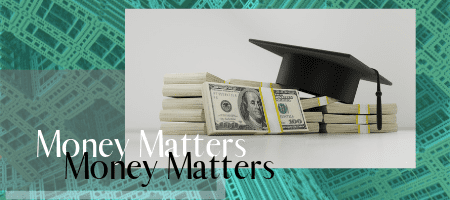Inflation: What Is It, and How Bad Is It?
Inflation is set to rise in the United States – but is that good or bad?
By: Andrew Moran | September 18, 2020 | 489 Words

Inflation (Photo by Kevin DietschGetty Images)
After the Coronavirus outbreak was declared a pandemic, Congress passed stimulus and relief packages that cost trillions of dollars to help people who had to stop working because of the lockdown. But now, many Americans worry that all this new money will hurt the value of the U.S. dollar. Inflation can do a lot of damage, but what is it? Is it normal? Should you be worried?
Inflation: A Primer
In modern economics, inflation is defined as the rise in prices for goods and services in the market economy. But the classical definition of inflation is the expansion of the money supply, which means the creation of new dollars by the central bank. People who follow the Austrian school of economics usually define the two as monetary inflation – that’s the increase in money supply – and price inflation – that’s when prices go up. Price inflation can be caused by a lot of things, like a higher demand for certain goods or services or an increase in the cost to produce them. For that matter, monetary inflation can cause price inflation by lowering the buying power of each dollar in circulation.
In the U.S., people who like monetary inflation say it has allowed the nation to become the wealthiest in the world. But critics will make the case that both monetary and price inflation creates many unintended consequences that affect middle- and low-income households since it makes life more expensive.
The Dangers of Inflation
For the last century, there have been extreme cases of hyperinflation that destroyed economies and currencies. The Weimar Republic in the 1920s, Bolivia in the 1980s, and Venezuela in the 2000s: These were just some of the countries to witness a significant spike in the money supply and prices. Today, inflation is often represented by the images of people from these nations carrying wheelbarrows of cash to buy just a loaf of bread. It almost doesn’t matter how much money you have when the money is worth nearly nothing.

But do the dangers of inflation need to be so extreme? The negative effects of inflation can be a bit more subtle and gradual in the more advanced economies. These are generally the more common dangers of inflation, which target primarily savers, retirees (see below), low-wage workers, and lenders:
- A drop in real incomes (how much money someone earns after accounting for price inflation).
- Negative real interest rates on savings accounts (price inflation exceeds the rate of interest).
- A jump in unit labor costs because employees will demand higher wages.
Opponents of the Federal Reserve System have often compared the central bank to a counterfeiter because it creates money out of thin air. Defenders will say that printing money serves a purpose. But does it? Everyone would like to have more money in their pockets. The problem is when people get more money, but have less buying power than before.
















